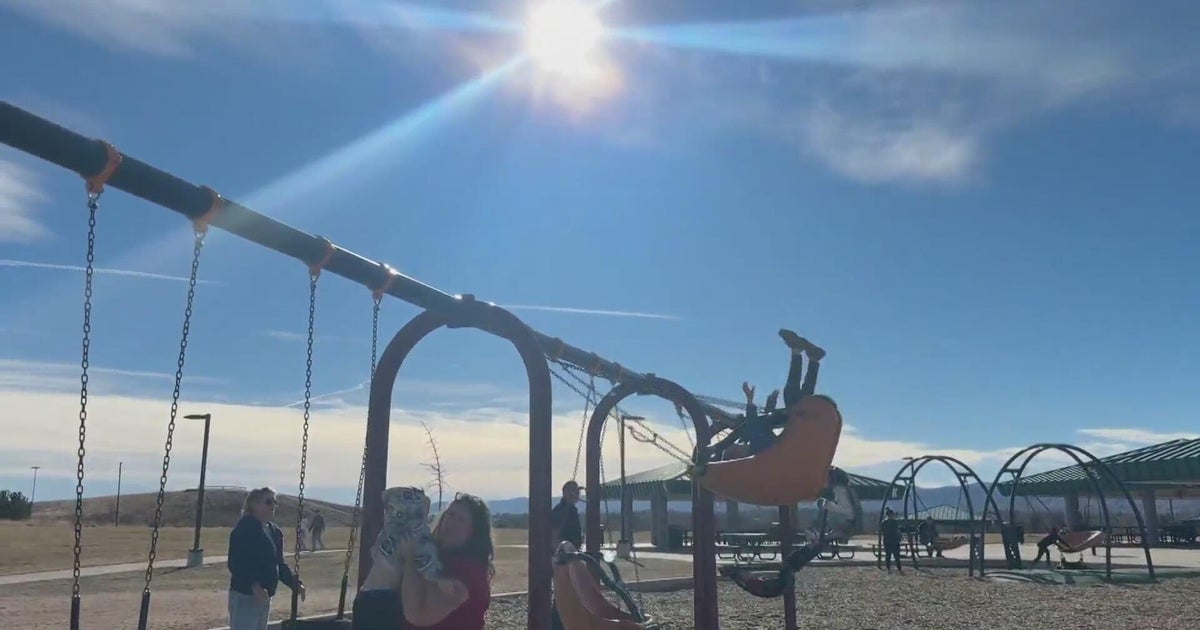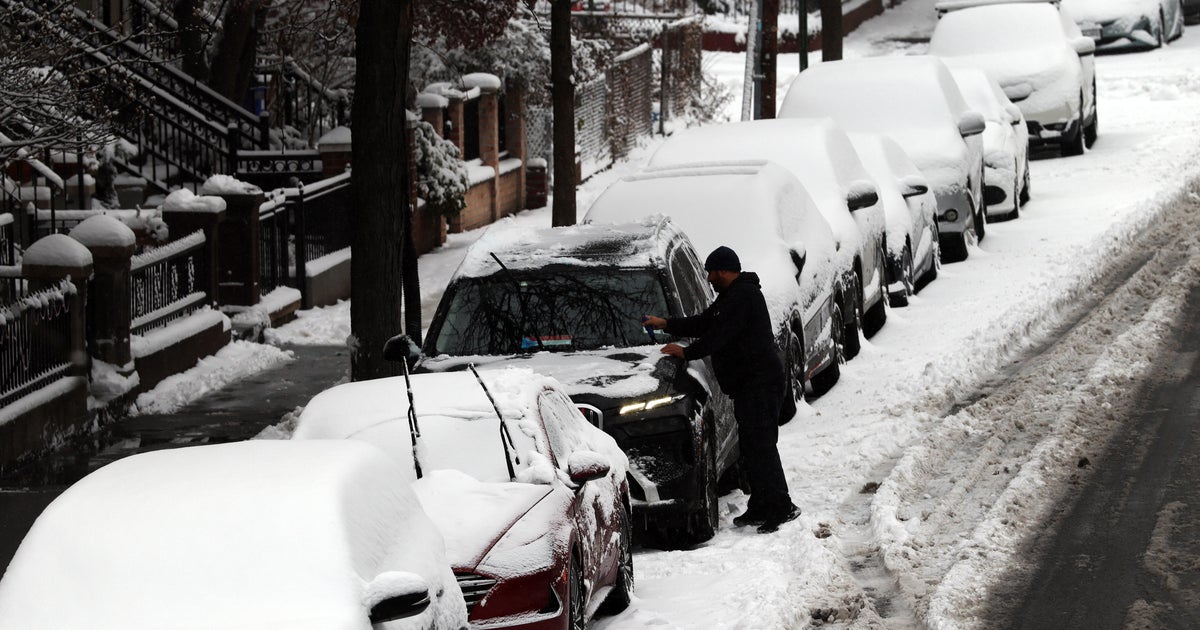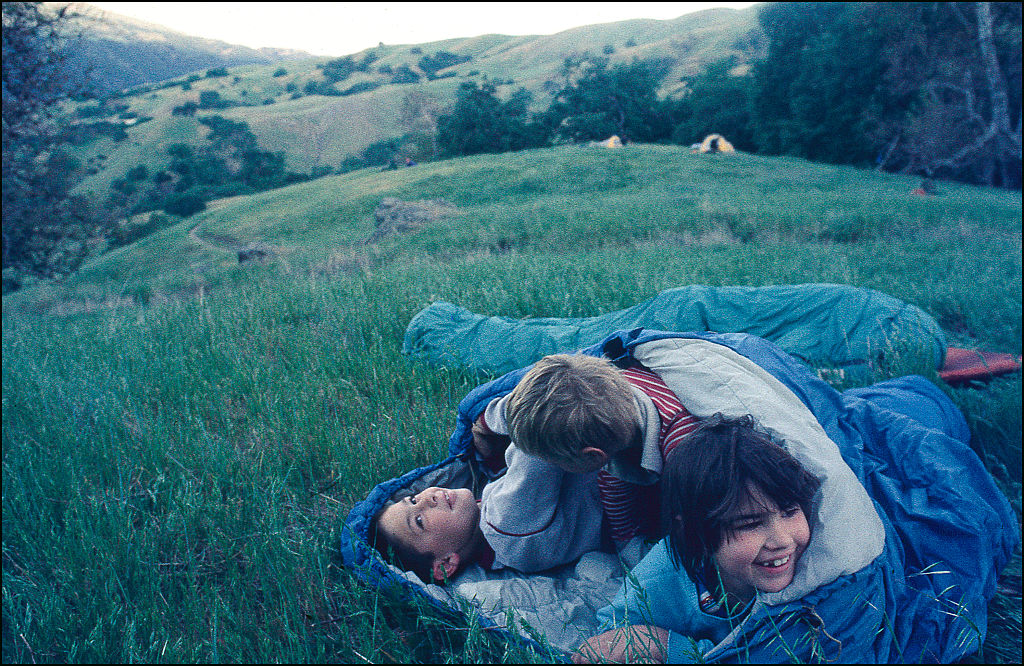How schools' long summer breaks started, why some want the vacation cut short
As summer nears, schools across the country have ended for the year or will soon let out for a lengthy break. Most adults work through the summer, but thanks to outdated medical beliefs, a convergence of rural and city calendars, and educational reforms, kids today enjoy summer vacations.
Schools didn't always have such a long summer break, Ken Gold, dean of education at the College of Staten Island, City University of New York, said. In the early 19th century, schools in cities were typically open year round while schools in rural areas typically had two terms, one in the winter and another in the summer.
"By the end of the 19th century, it hasn't quite converged on what we have now, but the writing is on the wall," said
Gold, author of "School's In: Summer Education and American Public Schools."
How did school summer vacation start?
School was a year-round event in colonial times, said James Pedersen, school superintendent and author of "Summer versus School: The Possibilities of the Year-Round School." Even as late as 1841, some schools in Boston and Philadelphia were having class 240-250 days a year.
Most K-12 public schools now are in session for only 180 days a year, according to a Pew Research Center analysis.
While the length of the school year is relatively consistent across states today, there were wide variations in the early 19th century. At the time, schools in cities were typically open year round while schools in rural areas typically had two terms, one in the winter and another in the summer, Gold said. Schools in rural areas had far fewer days of class than schools in cities.
Many people incorrectly believe the agrarian myth of summer vacation that children took a break from school during the summer to help their parents in their fields and farms, Gold said. While older students in rural areas did take time off from school in the summer to help their parents out, the most intensive labor was during the spring planting and fall harvesting seasons.
The shift to incorporate a lengthy summer vacation into school calendars began in the late 1800s and early 1900s, Pederson said.
As summer heat hit cities, people with means were leaving cities to summer in the mountains or at beach resorts, Gold said.
"It's not like these families were sending their kids to the public schools in large numbers, but typically they were running them," Gold said. "And so you begin to have kind of a movement away from the summer because people aren't around — some of the folks who matter and are making the decisions about the schools."
Rural schools began to mimic the structure of the city school year — opening for longer periods of time while also eliminating the summer terms, Gold said.
Some of the changes came down to educational reformers, who viewed summer terms as weaker academically and also thought the school year in rural areas was too short. They also wanted teachers to spend time training and developed programs for them in the summer.
Lingering medical notions about overtaxation dating back to the late 18th and early 19th century also played a role, Gold said. Even though science moved away from this by the late 19th century, Gold said that it became ingrained in a lot of people's minds that "too much use of the mind would lead to physical and mental debility.
Why lengthy summer vacations are still around
Schools use summer break to make repairs to buildings. Some school buildings are also not outfitted with the air conditioning that would be needed to keep kids in class over the summer months. Around 36,000 schools nationwide need heating, ventilation and air conditioning updates, the Government Accountability Office found in a 2020 report, the most recent statistics available.
Joseph Allen, director of Harvard University's Healthy Buildings Program, last year explained to CBS News that many schools were built to retain heat.
"The climate's changing fast and our buildings are not. Our buildings are not keeping up," Allen said then.
Teachers also may not be prepared to give up summer breaks. Part of the profession's lure, for some, is the way the schedule is structured each year, said Jennifer Steele, an education policy expert at American University's School of Education.
"So I could imagine that moving toward a year-round model could exacerbate some recruitment and retention problems," she said.
Outside schools, there's also an economic barrier to ending or shortening the summer break.
"Entire industries are around summer breaks — think about teen employment, summer camps, vacations, back-to-school sales, everything is there," said Pederson. "It's really hard to undo that."
Pederson and Gold both attributed the ongoing use of a lengthy spring break to tradition.
"People's practices now of recreation and leisure in the summer are pretty powerful barriers, I think, to change," Gold said.
David Hornak, who's a school superintendent in addition to being the executive director of the National Association for Year-Round Education, said most parents and guardians went to school on a traditional academic calendar, and they want their children to have the same opportunities as they did in the summer.
"So much has changed over the last 130 years except for the school calendar most commonly used across the nation," Hornak said.
Will summer breaks ever get shorter?
Summer break is already shorter in some schools across the country following a balanced calendar. Hornak's district has largely followed the balanced calendar model, which used to be called the year-round model, for the last 30 years.
"The year-round education, or what we're now terming balanced calendar education, is built on the premise that the school year continues to be 180 school days, but that those 180 school days are used more efficiently across the calendar year," Hornak said.
Most balanced schools start in early August, then take some time off mid-fall, at Thanksgiving, around Christmas and New Year's, in the middle of the winter, in the middle of spring and around Memorial Day weekend. The summer break of a traditional school is shortened, with the days reallocated to give time off at other times.
Both of Michigan parent Kellie Flaminio's children go to school in Hornak's district. Flaminio, who also works for the state Department of Education, said she sought out a district with balanced calendar schools, even though she herself went to schools with more traditional academic calendars. Flaminio said that she and her husband both work full time, so the balanced calendar worked better for their schedules.
"Having to pay child care for the weeks that the kids aren't in school, it was a little easier to have it more spread out versus that large chunk at one time," she said.
The mom said it's also been great for her son, now a sophomore in high school, and her daughter, now a sixth grader, who have never commented about feeling like they're missing out by not getting a 12-week summer vacation.
"Honestly, I think they get kind of bored and are ready to go back to school by the time we go," she said.
Around 4,000 schools in the U.S. follow a balanced calendar model, representing about 10% of the total student population, Hornak said. His organization advocates for districts around the county to use their 180 days of school each year more efficiently.
According to Hornak, balanced calendars lead to increases in student achievement and a reduction in summer learning loss. They can also help with staff retention because it gives teachers more frequent breaks.
Those regular breaks also offer opportunities for schools to pre-teach or re-teach concepts to students who might need help. Enrichment can also be offered to advanced students during those intersessions.
Pederson said school year schedules don't need to be one size fits all; they can be individualized based on the student to match their ability level. He also noted that schools are supposed to prepare children for future professions, and that giving them 10-12 weeks off for the summer hinders that preparation.
"If we're trying to get them prepared for what the future holds, it really doesn't fit that, right? Because no other profession has off that amount of time," he said.





